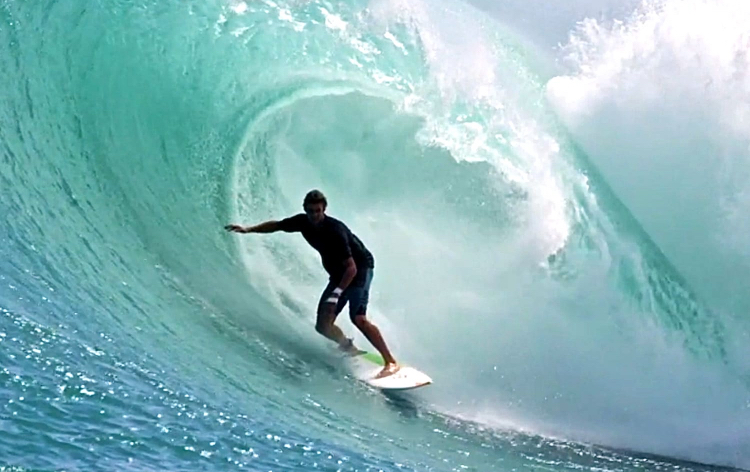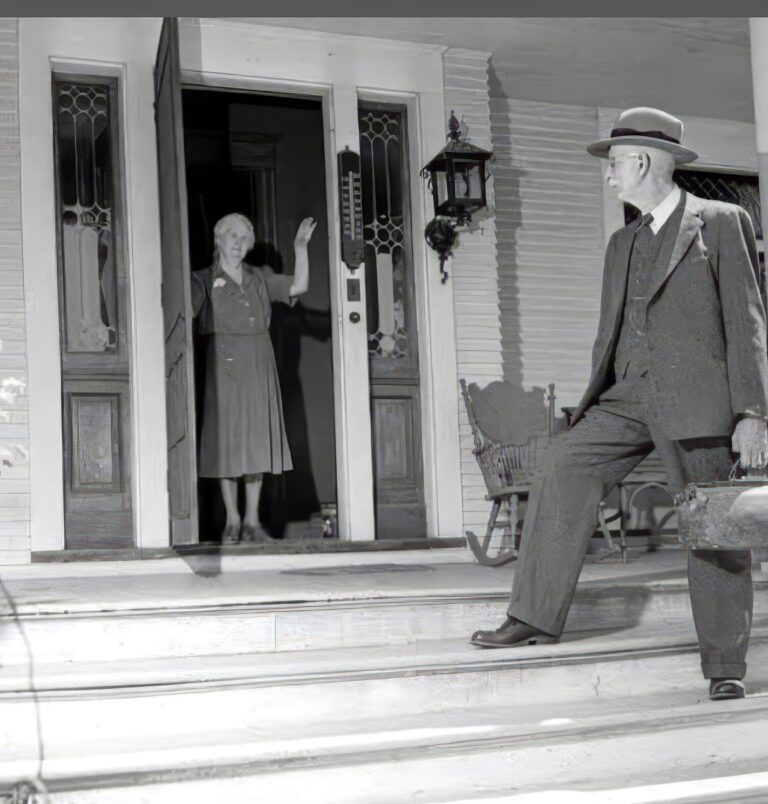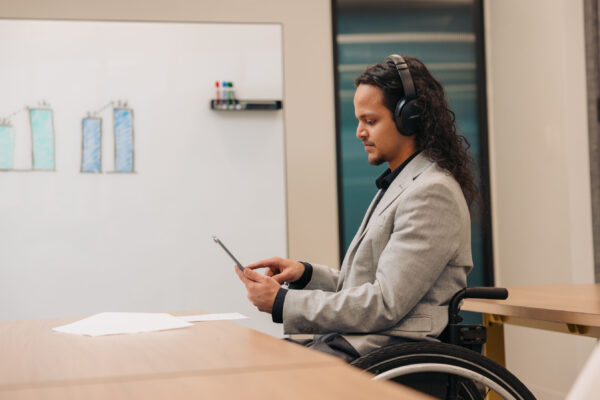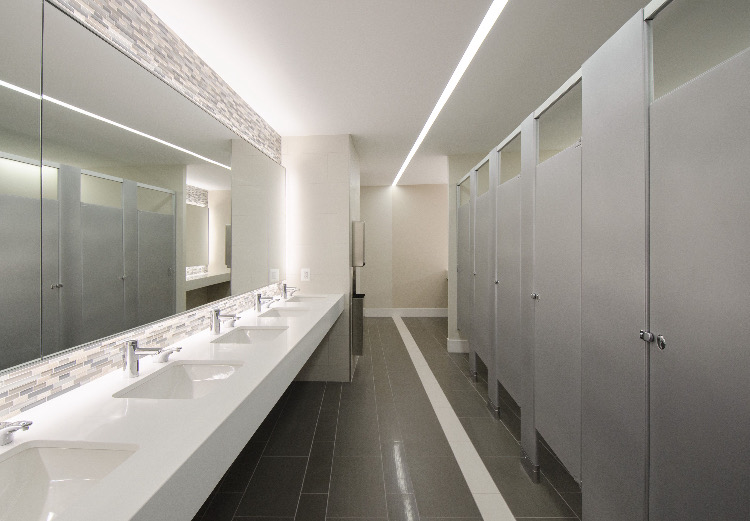Workplace Tools for Managing Multiple Sclerosis: An MS Office Toolkit
Wall Surfing (noun):
The discreet act of using walls, door frames, or furniture for balance while walking often employed by those dealing with fatigue, dizziness, or instability.

Image: Statue of King Kamehameha I in Honolulu, Hawaii | Source: Wikimedia Commons
Alt text: Bronze statue of King Kamehameha I wearing a feathered cape and holding a spear, symbolizing leadership and strength.
Staying Balanced at Work
MS Tools in the Workplace
Living with MS in a professional environment requires your own specialized set of specialized MS tools in the workplace. Much like Wall Surfing, the techniques and ideas enumerated below are part of my own MS office toolkit (and…yes, we definitely should all have one), over the years it has served me quite well, saving my bacon countless times. Helping me to stay balanced and focused throughout the workday, both physically and mentally.
1. Arrive at a meeting with Intention
• That choice seat that provides needed support, preferably near a wall or table.
• Sitting up front close to the action for those blurry vision days.
• Taking a moment to settle and prepare before the room becomes crowded or noisy.
2. Control Your Exit
• Avoid navigating busy hallways or crowded doorways.
• You can move at your own pace. Avoiding the spectacle that is you rising out of the chair and taking your first couple of steps after that 3 hour meeting.
• Maintain a calm and steady transition to the next part of my day.
3. Purposeful Use of Everyday Objects
• Sure…they’re functional office tools.
• They can also provide light physical support or something to focus on when needed.
4. Practical Language for Symptom Management
• Walking unsteadily, “strained my back at the gym”.
• Awkward pause during conversation, “deep in thought” or “too much multi-tasking“.
Allowing for symptom management without drawing unnecessary attention or having to explain in detail.
5. Strategic Pauses
• Recover from temporary dizziness or sensory overload.
• Regain focus in a way that appears natural within a professional setting.
6. Micro Naps
Why it matters: MS fatigue can often hit hard and fast. Micro naps offer a simple, low effort way to reset and recharge without the grogginess of longer naps.
Pro Tip: Set a timer and find a quiet, out-of-the-way spot…an unused conference room, a parked car, or even a wellness room if your office has one. Even just closing your eyes and resting (without falling fully asleep) can make a difference.
7. Office Layout Recon
8. Preparation Before High-Demand Moments
Why it matters: Whether it’s a big meeting, a critical conversation, or a presentation, MS can make it harder to summon focus and energy on demand. That’s why I build in a short pre-meeting pause to reset and get centered.
My approach: I carve out alone time to review key notes, mentally walk through the outcomes I’m aiming for, and find a quiet space to collect myself, sometimes that’s just a minute or two of silence before stepping into the room. It’s part prep, part mindset shift.
9. The 20-20-20 Rule (for Cognitive Fatigue)
• Reduces eye strain – Shifting your gaze lets the eye muscles reset.
• Combats Cognitive Fatigue – Mini resets throughout the day.
• Improves Posture – encourages you to sit back, breathe, and stretch.
While you’re at it:) Try adding a couple of deep belly breaths during your break to calm the nervous system and reset your pace.
10. The “Just-in-Case” Drawer (Best practice)
What to include:
• Extra undergarments & a change of clothes – Especially important for those unpredictable days.
• Cooling wipes or cooling towel – For quick relief from heat sensitivity.
• Pain reliever or prescription meds – Just-in-case doses for migraines, nerve pain, or flare symptoms.
• Electrolyte packets or snacks – To stabilize energy levels or combat sudden fatigue.
• Tissues or flushable wipes – For restroom challenges or spills.
• Eye drops or artificial tears – For dryness caused by fatigue or meds.
• Discreet disposal bags – For accidents or quick cleanup.
• Small first-aid kit – Band-aids, antiseptic wipes, etc.
• A foldable bag or tote – To carry items if you suddenly need to leave early.








Very good https://is.gd/tpjNyL
Awesome https://is.gd/tpjNyL
Awesome https://shorturl.at/2breu
Very good https://lc.cx/xjXBQT